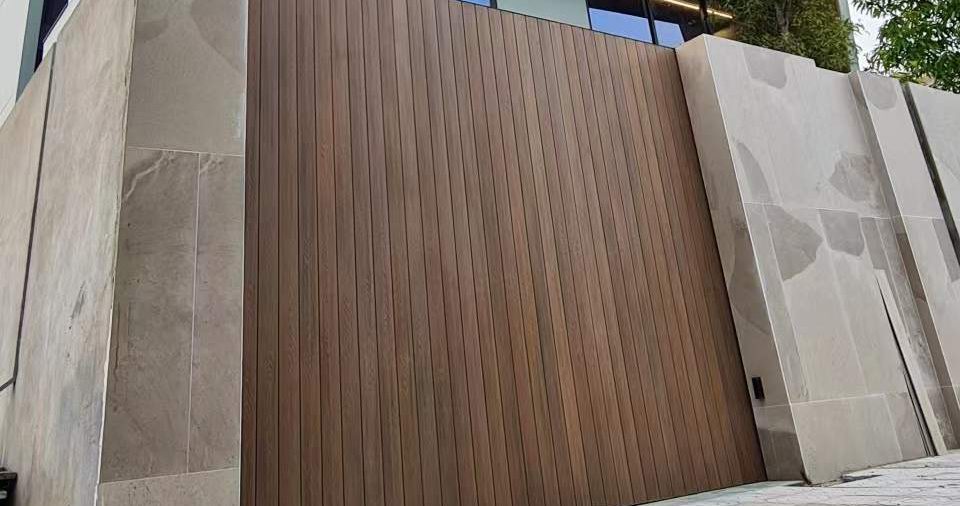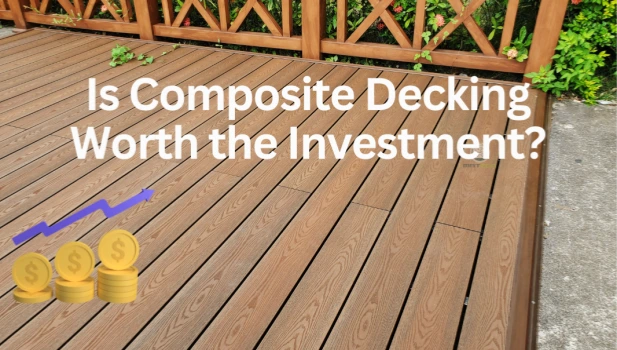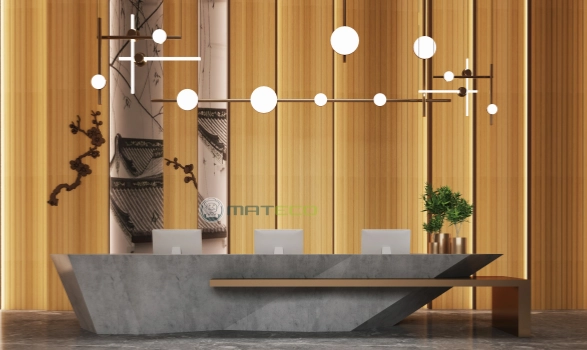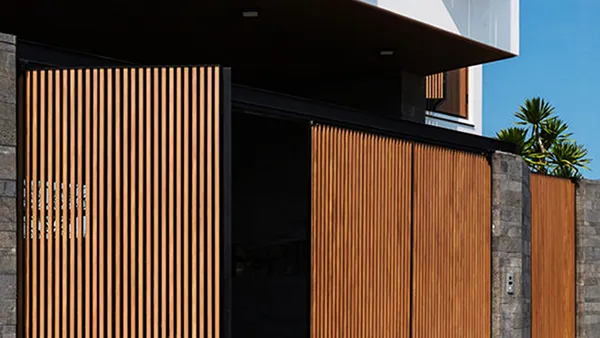Pros, Cons, and Cost of Composite Siding
Have you ever wondered why composite siding is becoming increasingly popular in modern homes? While traditional siding materials have their charm, they also come with a host of challenges. This article dives deep into the world of composite siding, exploring its advantages, potential drawbacks, and the cost implications for homeowners.
Composite siding is renowned for its remarkable durability and aesthetic versatility. But what else makes it stand out in the crowded market of home siding options?
Unlike traditional materials, composite siding offers unparalleled resistance to weathering, pests, and rot. Its unique composition ensures that it withstands harsh elements, maintaining its appearance and integrity for years.
Imagine a siding that not only enhances your home's curb appeal but also reduces maintenance headaches and long-term costs. Composite siding is not just a product; it's a long-term investment in your home's value and your peace of mind.
Read on to discover the detailed pros and cons of composite siding, and understand its cost compared to other siding options. If you're considering a siding upgrade, this is information you can't afford to miss.
Traditional siding materials often require frequent maintenance, are susceptible to environmental damage, and can be costly over their lifespan.
Dealing with faded colors, rot, or pest damage every few years can be frustrating and expensive. These recurring issues not only affect your home’s appearance but also its value.
Modern composite siding emerges as a hero in this scenario. It is designed to tackle these persistent problems effectively, offering a blend of durability, aesthetic appeal, and cost-efficiency.
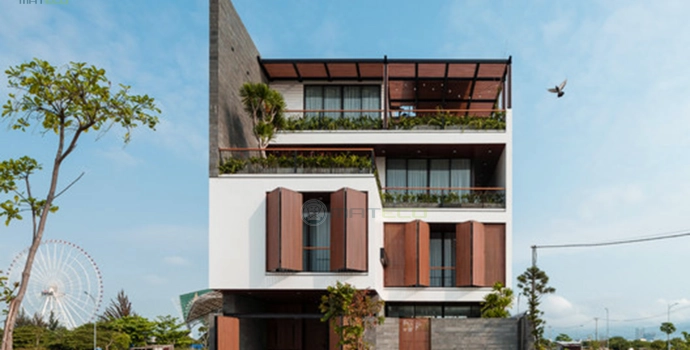
The Advantages of Composite Siding
Composite siding is made from a blend of materials, including wood fibers and recycled plastics, which contribute to its robustness and eco-friendly profile.
1) Longevity:
One of the most significant advantages of composite siding is its lifespan. Unlike wood, which can suffer from rot, or vinyl, which may crack over time, composite siding is designed to last.Typically, it can endure for up to 30 years or more, making it a once-in-a-generation investment for most homeowners.
2) Low Maintenance:
Composite siding requires minimal upkeep. It does not need regular painting or staining like wood siding. Its resistance to pests and rot also means fewer worries about costly repairs. A simple wash with mild soap and water is usually enough to keep it looking new.
3) Eco-friendly:
Many composite sidings are made from recycled materials, which is a boon for environmentally conscious homeowners. The use of recycled plastics and wood fibers reduces waste and the need for virgin materials.
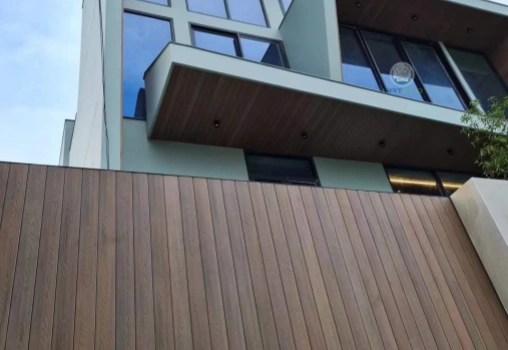
Potential Drawbacks of Composite Siding:
1) Initial Investment:
The most notable drawback of composite siding is its upfront cost. It is generally more expensive than vinyl and some wood siding options. This higher initial investment can be a deterrent for some homeowners, although it's important to consider the long-term savings in maintenance and durability.
2) Thermal Expansion:
Like many siding materials, composite siding can expand and contract with temperature changes. While this is typically accounted for in the installation process, extreme temperature fluctuations can sometimes cause issues if not properly installed.
Cost Analysis of Composite Siding:
Prices can vary widely depending on the brand, quality, and style, but homeowners can expect to pay between $3 and $10 per square foot for the material alone.
Long-Term Savings:
While the initial cost is higher, composite siding offers significant long-term savings. Its durability and low maintenance needs mean fewer repairs and replacements over the years. When spread over its long lifespan, the cost becomes quite competitive compared to other siding options.
Resale Value:
Homes with modern composite siding often have a higher resale value. The aesthetic appeal and the known durability of the material can be attractive to potential buyers, potentially offering a good return on investment.
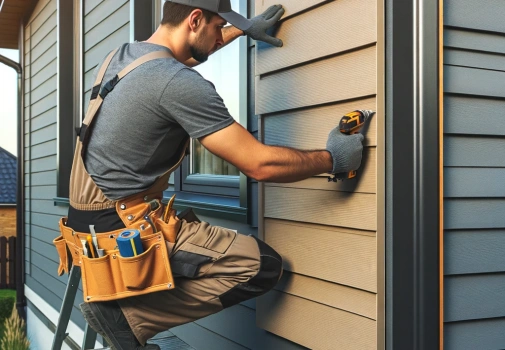
Composite Siding VS. Vinyl Siding VS. Wood Siding:
Vinyl Siding: While less expensive upfront, vinyl can suffer from fading and doesn’t offer the same natural look as composite.
Wood Siding: Offers a classic appearance but requires significant maintenance and is prone to weather and pest damage.
Composite Siding: Strikes a balance with durability, low maintenance, and aesthetic flexibility, though it can be more expensive initially.
Composite siding offers an excellent balance of durability, aesthetic appeal, and overall value. While the initial investment might be higher than some alternatives, the long-term savings and reduced maintenance make it an attractive option for many homeowners.
If you are looking for a WPC manufacturer, MATECO will be your best choice.
Website: https://www.matecowpc.com
WhatsApp: +86-13380085620
Email: info@matecowpc.com
FAQ:
Q: How long does composite siding last?
A: Composite siding can last up to 30 years or more with proper installation and minimal maintenance.
Q: Can composite siding be painted?
A: Yes, it can be painted, though its initial color and texture options often eliminate the need for painting.




